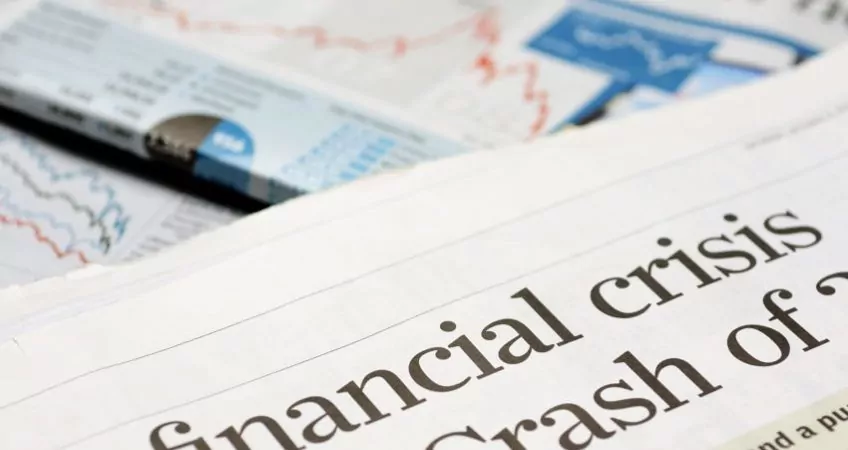
This Will Cause The Next Big Market Crash
This Will Lead To A Market Implosion
I’ve been thinking a lot about stock market crashes lately.
What causes them and why some are worse than others.
Most financial pundits like to point the finger at the Federal Reserve. But they’re only partially right.
Sure, it’s the Fed’s duty to police the economy and keep it stable, but they’re not the main culprit when it comes to market crashes.
The real reason is financial excess.
The Dynamics Of A Market Crash
As long as financial excess remains small, it doesn’t affect the stock market much. Think of the recent cryptocurrency bubble, during which many assets grew by quadruple digits or more. However, because the total market capitalization of all cryptocurrencies barely reached US$800 billion (less than the market capitalization of Microsoft, Amazon, or Apple), the market overall was not very affected.
But as financial excess grows, it creates the potential for systemic risk, the same way an untreated wound eventually affects your whole body.
Sometimes this is evident, like during the Dot-com bubble. Other times, financial excess builds in the background, hidden from general view. The subprime mortgage crisis of 2008 is a great example.
As I look at today’s situation, I see financial pundits again pointing their fingers in the wrong direction. They cite the Fed tightening interest rates and Trump’s tariffs as the causes of a potential next market crash.
However, beneath the surface is a much deeper cause for concern—a type of financial excess like the one that caused the 2008 crash.
Collateralized Debt Obligations—Déjà Vu All Over Again
Today, the greatest financial risk to the U.S. stock market is corporate debt.
It stands at 74% of GDP, the highest rate ever… and it keeps rising.
Even worse, the companies with the weakest credit profiles are borrowing the most, so most of that debt is high-risk.
In normal economic times, this is not much of an issue. However, as the effects of recent tariffs play out, and the economy slows, many of these companies won’t be able to afford their interest payments. They will go bankrupt and lay off thousands of workers.
And it only takes one such high-profile event for the stock market to panic.
Here’s the real kicker. Banks routinely bundle these high-risk loans into collateralized debt obligations (CDOs).
Sound familiar?
CDOs were the favored trading instruments that led to the 2008 crash. The only difference back then was that they used mortgages as the underlying debt (creating mortgage-backed securities, or MBSs). Today, banks use high-risk corporate debt to sell to their clients.
The ultimate consequence will be the same. Just as MBSs became worthless, so will today’s CDOs.
You might expect regulators to recognize what’s going on and to take steps to try to fix it. Instead, they’re saying they do not intend to restrict banks issuing loans that exceed certain risk levels… meaning banks are free to create CDOs to their liking.
When you consider they must compete for market share with the shadow banking system, which underwrites the riskiest loans, you can imagine what type of CDOs they’re creating.
That is why I want you to keep a close eye on the corporate debt story this summer, as America braces to take in the full effects of the U.S.-China trade dispute.
A useful barometer to watch is the number of bankruptcies in the United States. For now, it’s still low, at only 22,157 per quarter. However, should the number increase to more than 30,000 per quarter, you should begin worrying about a potential market crash.
Of course, I will be here covering it all for you.
Good investing,
Leon Wilfan



